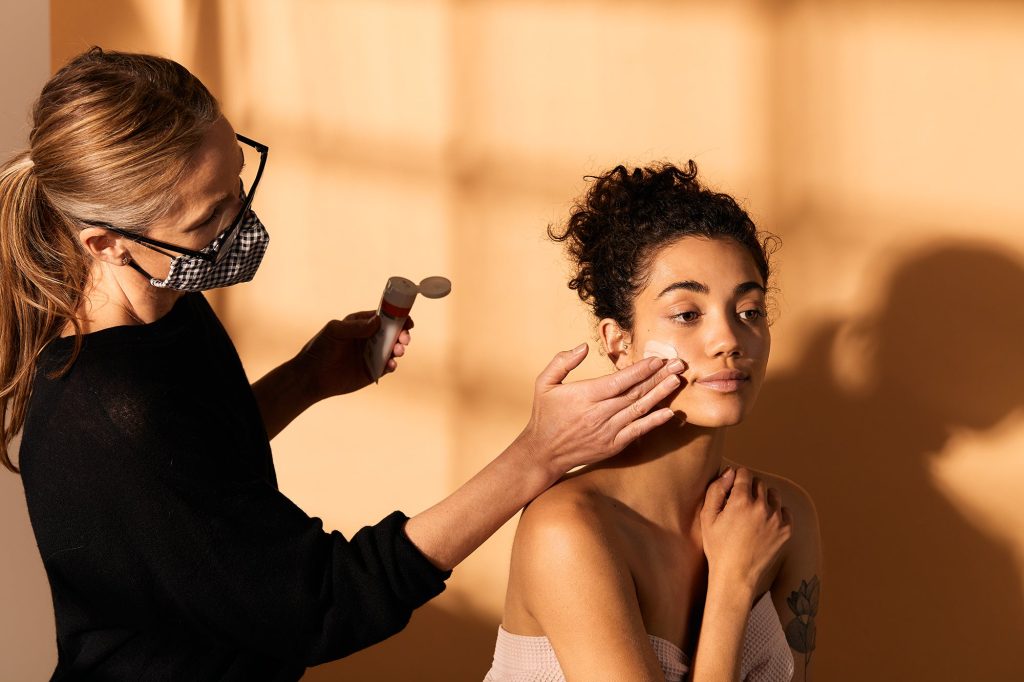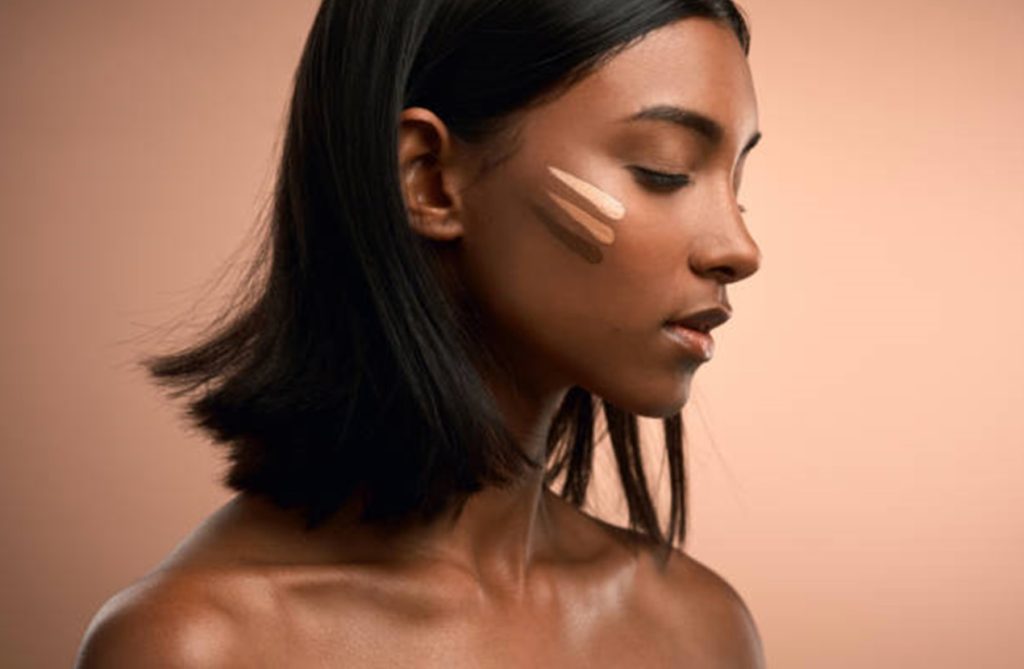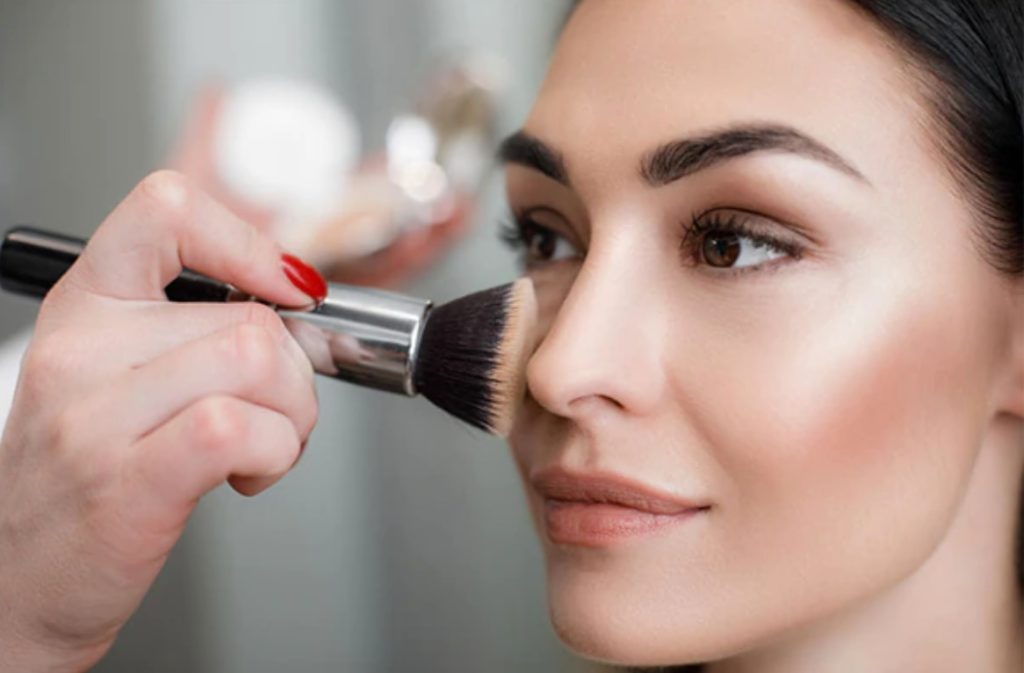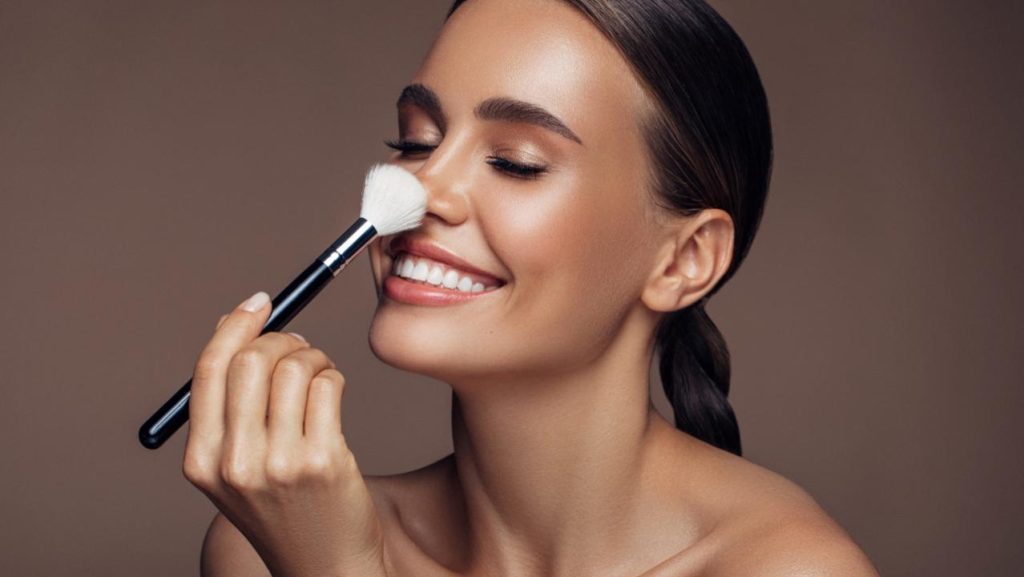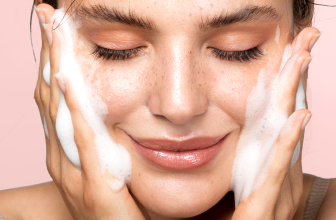How To Get A Flawless Full Coverage Foundation – 4 Makeup Tips
Achieving a flawless, full-coverage foundation look is a real art form! The aim of full-coverage makeup is to leave your skin looking smooth and perfect with even tone and texture. It’s been said that achieving runway-style perfect makeup requires good quality products, basic technique application, blending, and strategic layering.
Good quality makeup plays an important role in achieving the ultimate base look. Products available at the drugstore can work well when you know the right techniques for utilizing them appropriately. On the other hand, high-end products do have a more luxurious feel and offer better results; however, either way, don’t forget to invest in good quality brushes or sponges to apply your foundation – that makes all the difference!
1. Skin Preparation
The best full-coverage foundation begins with a skin preparation. A polished result starts with properly moisturized skin, so make sure to adequately apply your preferred moisturizer before you get started. This will also help keep the foundation from settling in any of the fine lines or wrinkles on the face.
To hydrate and nourish the skin after cleansing, apply an oil-free moisturizer containing ingredients such as glycerin to ensure smooth preparation for makeup application. Selecting a water-based moisturizer specifically designed for the face will provide ample hydration without excessive oiliness or greasiness when you apply your foundation later on in the routine.
Give time for the lotion to soak in before beginning your makeup; approximately 10 minutes is sufficient as applying foundation over moisturizer that has not fully absorbed can lead to cakey or heavy coverage that is difficult to blend. Set aside enough time in your daily routine so you can add these vital preparation steps before continuing with full coverage foundations.
2. Choosing the Right Foundation
Different foundations will perform differently on different skin types, so it’s important to select one that will work for your unique complexion. Though it may be tempting to buy the cheapest option available, spending a bit more time and money on an appropriate foundation can make all the difference in the end results.
When selecting a foundation, consider your skin type:
- If you have dry skin, opt for creamy or liquid formulas;
- if you have oily or combination skin, choose an oil-free formula such as powder or stick foundations.
You can also use trial and error by asking for samples or testing makeup on your hand at a beauty counter before making a final purchase. If a foundation doesn’t look right when swatched on your face at home, don’t force yourself to wear it! Keep looking until you find one that matches both your color and texture requirements perfectly.
Additionally, research ahead of time by reading reviews online – there are hundreds of options out there and everyone’s opinion differs. Look for blogs and other sites from trusted sources such as beauty professionals who provide honest reviews about various products. Taking these extra steps will ensure that you’re purchasing a quality product that fits both aesthetic and budget criteria.
3. Concealing and Blending
If you are dealing with blemishes or dark circles, concealer can be applied on top of the primer before the foundation. Be sure to use a shade that matches your natural skin tone for the best results.
Once you have your foundation and concealer in place, use a makeup brush or beauty blender to blend out any harsh lines. Take your time when blending and always start from the center of the face and work outwards for an even finish. Avoid heavy powdering as the excess product can dull the overall effect of your makeup look.
To create a dewy glow, apply a small amount of highlighting liquid or powder to areas like cheekbones, nose tip, middle of the forehead, and chin after you have blended out your base makeup.
4. Finishing Touches
This can include setting your makeup with powder, applying blush or bronzer for added definition, using facial oils to create a dewy glow, and applying mascara or eyeliner.
- Powder: It is used to set makeup and mattify the skin, helping any oils or shine on the skin disappear. It can also help keep the foundation looking fresh for longer. For best results, use a fluffy powder brush to apply a light layer of powder over the face. If you have dry skin, use it sparingly in order to prevent any caking or dry patches from appearing throughout the day.
- Blush/Bronzer: Blush helps to add color and definition back into your face after setting it with powder, while bronzer helps create depth and can make cheeks look more contoured. Use your preferred blending brush to gently apply a light layer of color onto your cheekbones in an upward motion. You may also opt for cream blushes if desired for extra hydration and dewiness on the skin.
- Oils: Applying facial oils can be used to provide extra hydration for dry skin types or add a glowing ‘lit from within’ luminosity if desired. Start by adding just one drop of oil onto clean fingertips and blend into areas you would like hydrated, including temples and cheekbones but avoid T-Zone areas where it could cause congested pores leading to breakouts on oily skin types.
- Mascara/Eyeliner: To finish off your eyes after doing a full coverage foundation look, you may opt for using mascara or eyeliner depending on which look intensifies your eye shape better – mascara helps with definition while eyeliners give depth in darker colored tones such as browns or black’s that suits most eye shapes effortlessly well. Finish by curling lashes if necessary prior to application of the product chosen – this will help elongate eyes even more profoundly!
Conclusion
When applied correctly, the foundation can give you an even complexion and a natural, beautiful finish. However, there are various application techniques that make a difference between “flawless” and “cakey.” To ensure the best results, always use the appropriate tools and consider their suitability for your skin type. Additionally, use a Concealer to hide any blemishes or discolorations before applying foundation.
When using powder to set the look remember not to cake it on as this will instantly change the desired result. With regular practice, you will be able to master the art of achieving a flawless foundation look that blends effortlessly with your skin tone and covers all imperfections.
Related Posts:
- 10 Best Body Paints 2024 - Review and Buyer's Guide
- 10 Best Purple Hair Dye for Dark Hair 2024 - Review…
- 12 Best Coconut Oil For Natural Hair Growth 2024 -…
- 10 Best Shea Butters 2024 - Review & Buying Guides
- 15 Best Eyelash Extensions 2024 - Review & Buying Guide
- 10 Best Red Hair Dyes 2024 - Review and Buyer's Guide

